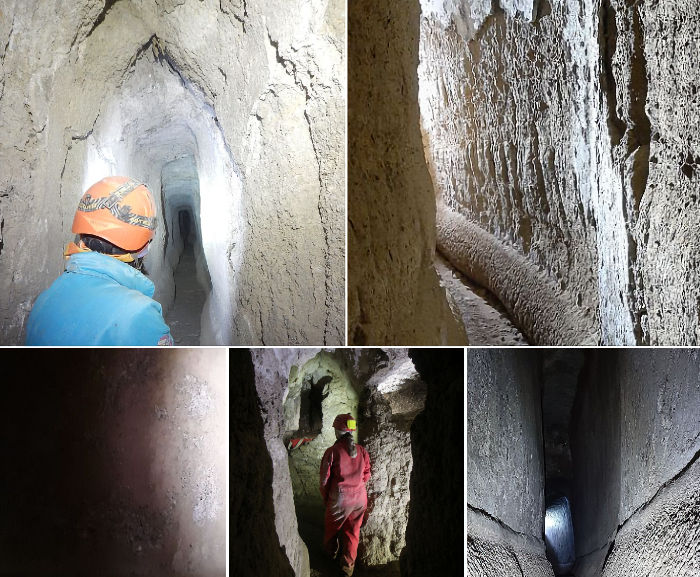Giant Ancient Roman Underground Structure Discovered Near Naples, Italy – Aqua Augusta Investigated
Jan Bartek - AncientPages.com - Scientists in Italy report discovering a giant ancient Roman structure near Naples.
There is still little information about the subterranean structure, but according to the first reports, it is a previously unknown Roman aqueduct.
The scientific team states it is one of the longest and least explored aqueducts in history.
The underground part of the aqueduct near Naples. Credit: Associazione Cocceius
"Among all the achievements of ancient engineering, Roman aqueducts belong to the most exceptional ones.
Engineers in the ancient Roman Empire knew that one of the most fundamental requirements for any town or city to exist was to supply it with water because it is a basic human need. In 312 BC, a Roman politician Appius Claudius Caecus ordered that an aqueduct be built to supply Rome with water. The aqueduct was one of two major Roman projects carried out during this period; the other was a road for military purposes." 1
"The most recently discovered and least studied ancient Roman aqueduct system is the Aqua Augusta or Serino aqueduct. This water supply system was built about 2,000 years ago and was intended to supply fresh water to the most luxurious villas and settlements of the Bay of Naples.
Credit: Associazione Cocceius
The Aqua Augusta aqueduct is estimated to have been approximately 140 km long. The aqueduct discovered and inspected by the Cocceius Association in January of this year opened a new page in the history of ancient Roman aqueducts. Very little was known about this aqueduct, and the fact that they exist here was reported to the scientists by the locals, who remembered that they used to play in these places when they were children. This place is remote, hardly noticeable to outsiders, and has been covered with thick bushes over time.
Credit: Associazione Cocceius
The speleologists who began to explore discovered a 650-meter extremely well-preserved part of the underground aqueduct, which supplied water to the surroundings of Posilipo Hill and the villas on the island of Nisido. This section of the aqueduct is believed to be the longest-known section of the Aqua Augusta aqueduct system," Delfi reports.
According to the association's announcement, the aqueduct's underground channel is very close to the surface. Scientists plan to analyze the aqueduct's structural features and determine the construction methods used and water control structures.
Written by Jan Bartek - AncientPages.com Staff Writer
Expand for references






















